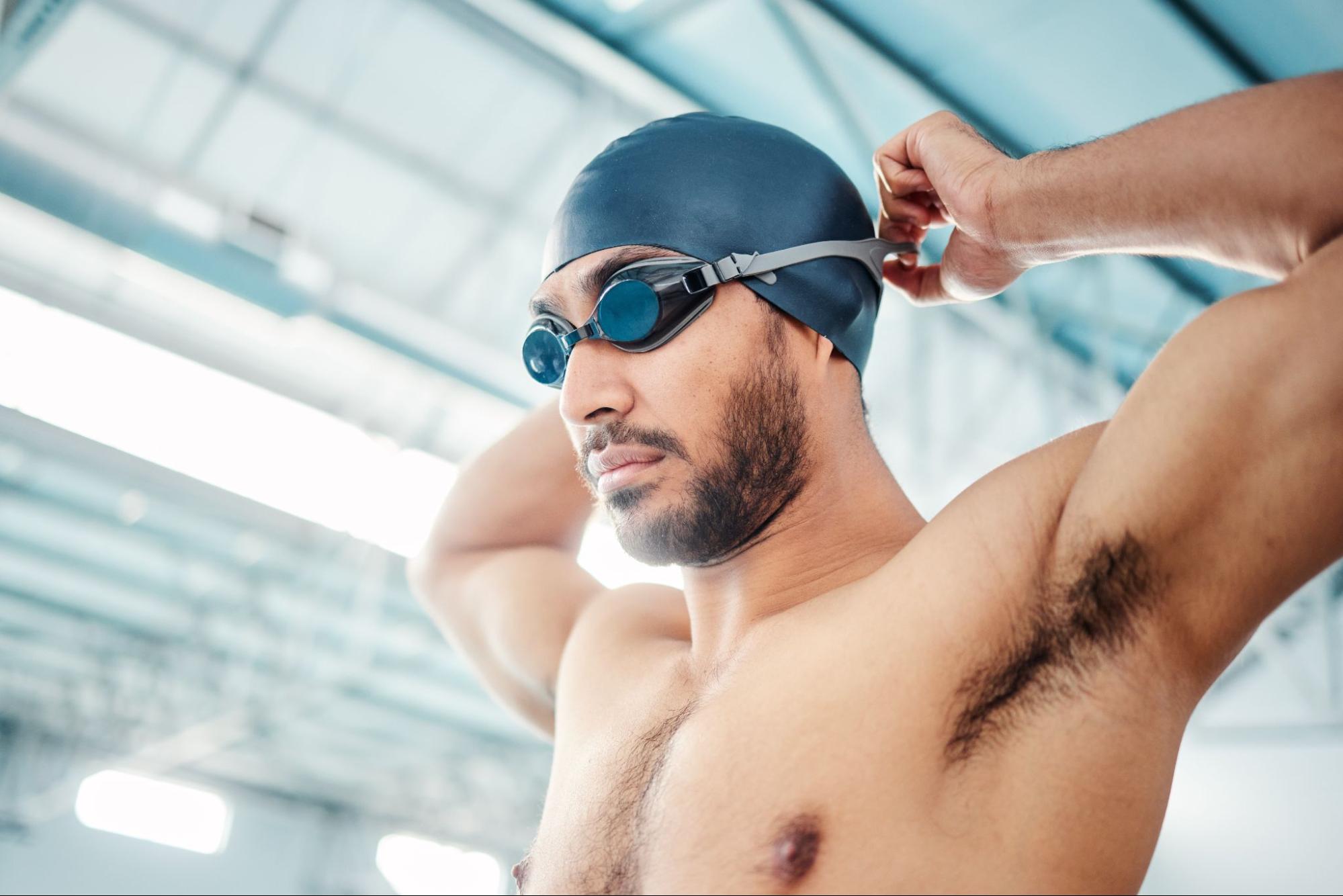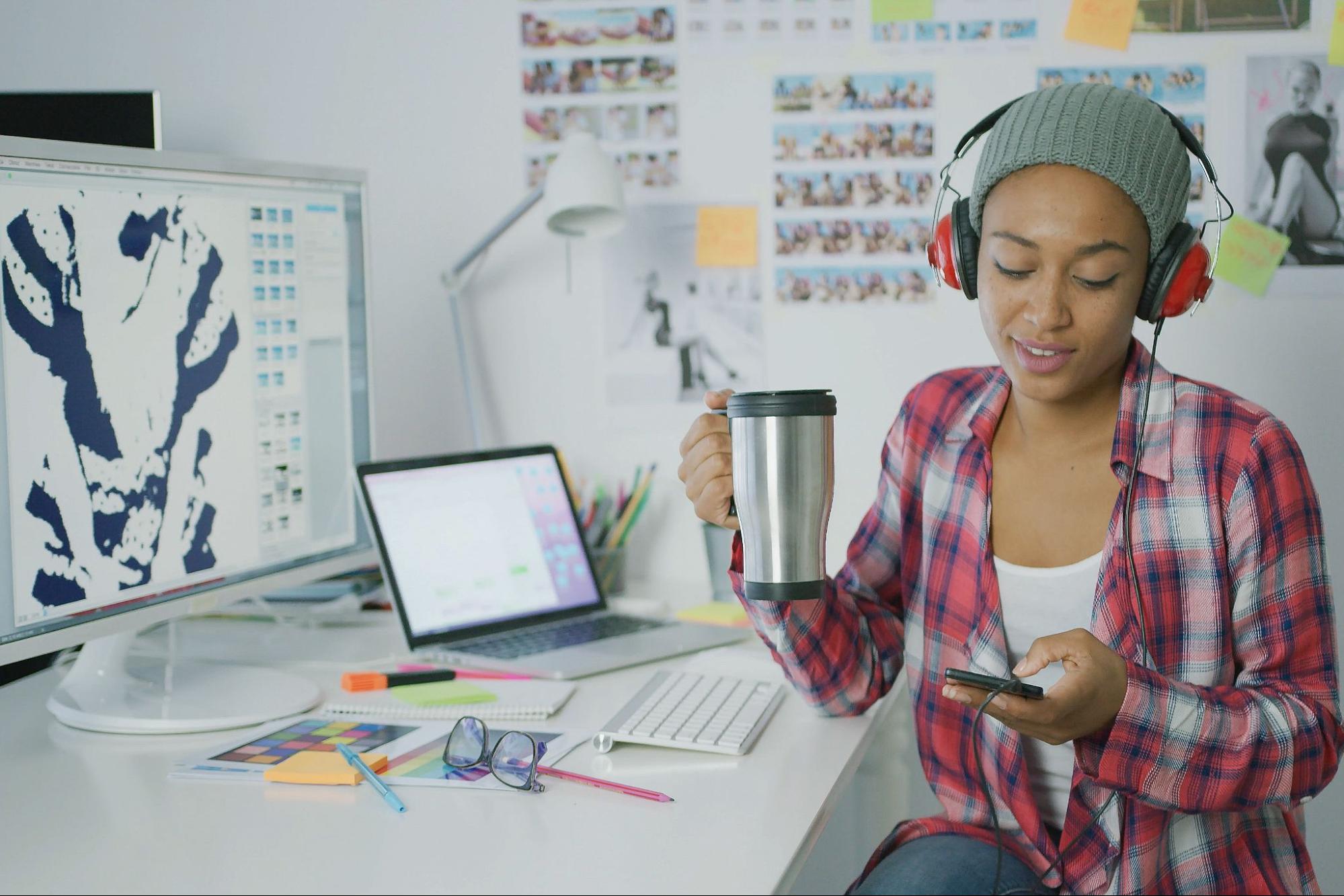An Overview and the Potential of Augmented Reality for Enhancement Visualization or guided imagery techniques have been studied and utilized across disciplines to leverage imagination for positive outcomes. While the concept is simple, proper technique implementation makes visualization more effective per research. This article will review key methods and examine how augmented reality tools like Visutate could amplify impacts.
Mental Imagery
This foundational technique involves picturing a scenario in the mind’s eye and imagining perceptual details. Studies show that increasing sensory elements of imagined scenes, such as sights, sounds, and textures, enhances vividness and immersion. And because of its close relation to these basic processes, imagery is now becoming one of the best understood 'higher' cognitive functions. Visutate’s augmented reality nature environments overlaid on real settings could provide visual and auditory details to embrace during visualization, potentially improving mental imagery vividness.
Creative Visualization
Also termed creative imagery, this technique focuses on imagining desired goals and outcomes repeatedly. Research links creative visualization to improved confidence and motivation towards goals. Visualisation techniques in sport is considered a mental road map for success. By customizing Visutate’s AR scenarios, users could rehearse visualizing specific aspirations or environments they wish to feel more comfortable in.
Healing Visualization
Visualizing physiological processes has been utilized therapeutically including to reduce side effects of cancer treatment (Roffe et al., 2005). Users could potentially imagine AR environments like Nature Visutate’s botanical gardens stimulating healing processes.
Memory Visualization
Studies demonstrate mentally visualizing different perspectives of recalled events enhances memory retrieval compared to passive remembering Embodied mental imagery improves memory.
.Visutate’s immersive AR could aid prompting forgotten details by embedding memory recall in vivid environmental cues.
In summary, research supports visualization techniques for goals ranging from memory to motivation. Augmented reality tools like Visutate offer opportunities to boost these techniques through immersive environments and prompts. Further research is needed on AR’s potential advantages for visualization.
References:
Quentin Marre, Nathalie Huet, and Elodie Labeye, Embodied mental imagery improves memory
Kosslyn, S. M., Ganis, G., & Thompson, W. L. (2001). Neural foundations of imagery. Nature reviews neuroscience, 2(9), 635-642.
Visualisation techniques in sport - the mental road map for success September 2020 Authors: Radu Predoiu National University of Physical Education and Sports, Bucharest, Alexandra Predoiu, National University of Physical Education and Sport, Bucharest, Romania Georgeta Mitrache
Madalina Firanescu
Roffe, L., Schmidt, K., & Ernst, E. (2005). A systematic review of guided imagery as an adjuvant cancer therapy. Psycho‐Oncology: Journal of the Psychological, Social and Behavioral Dimensions of Cancer, 14(8), 607-617.





